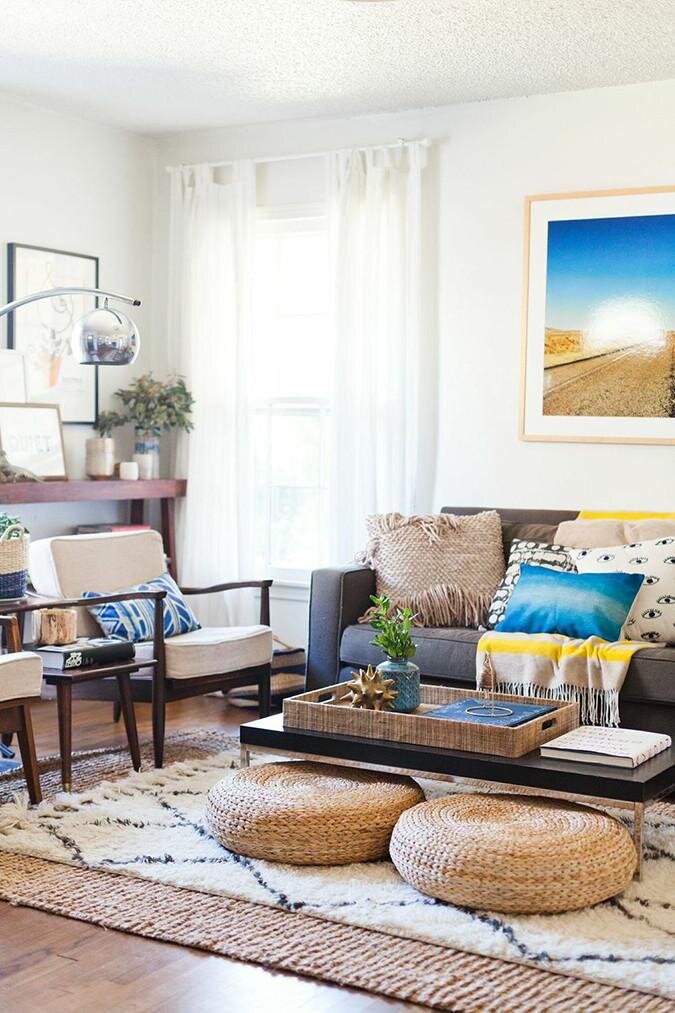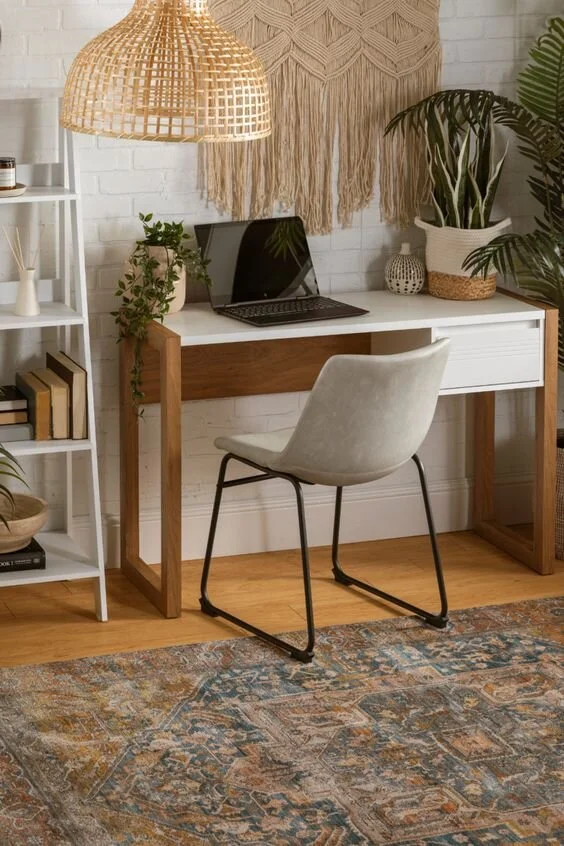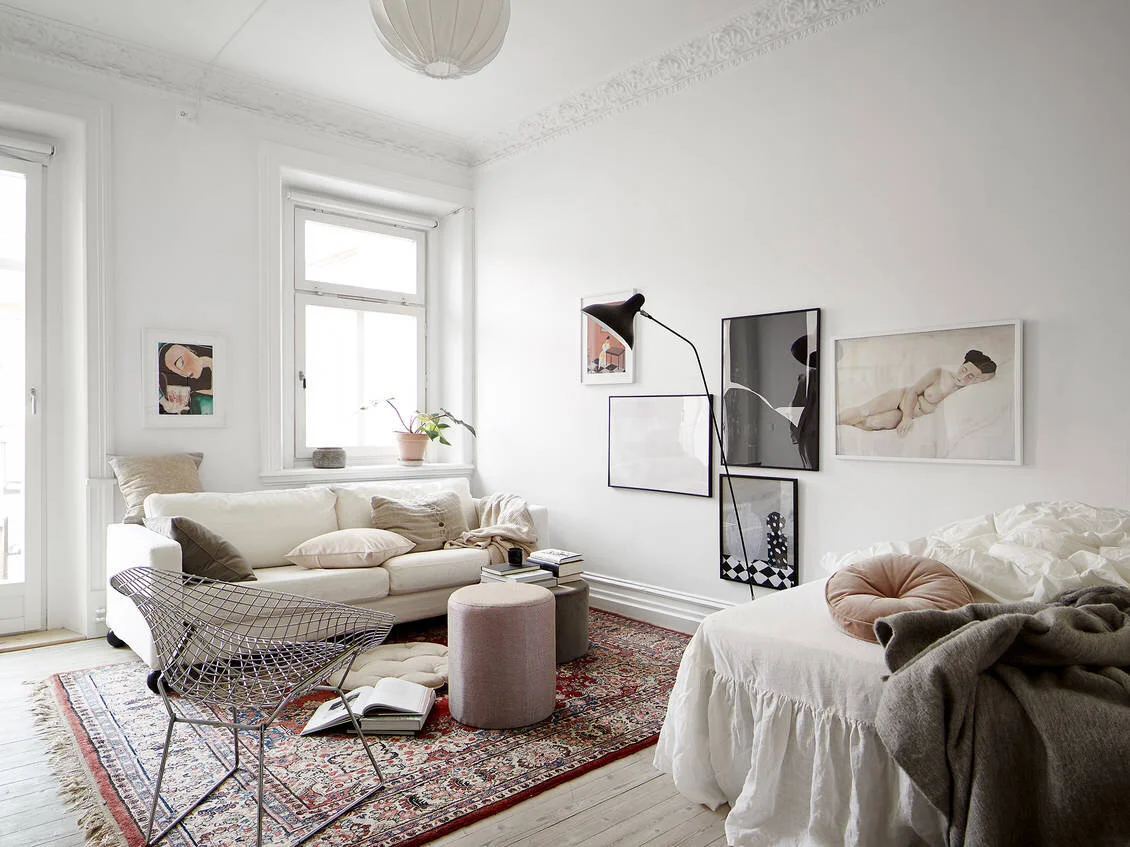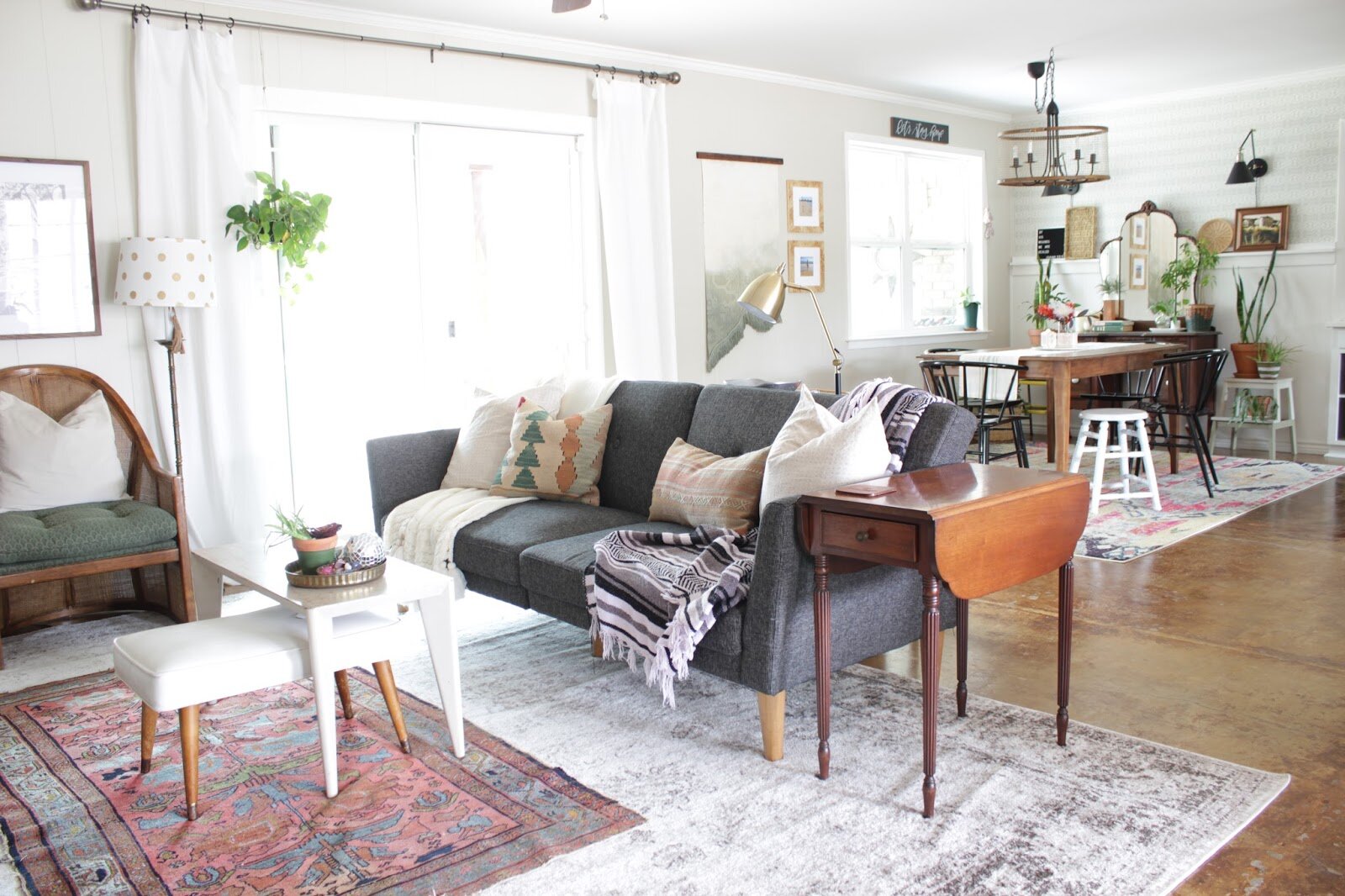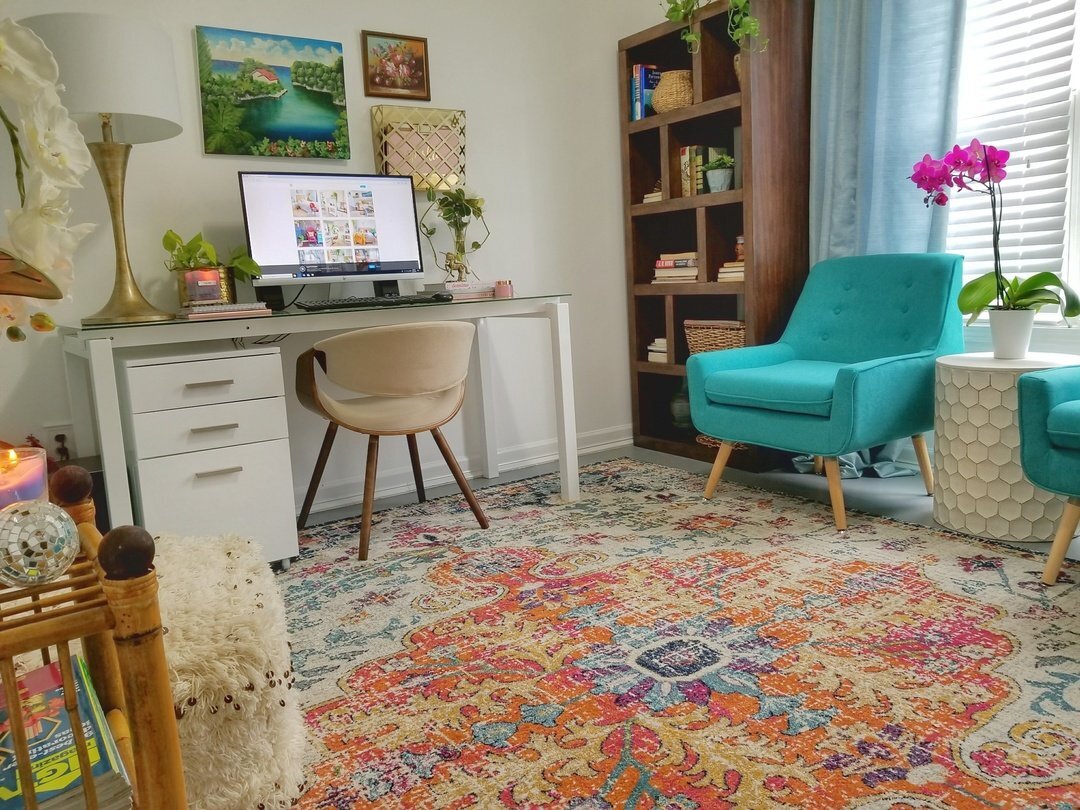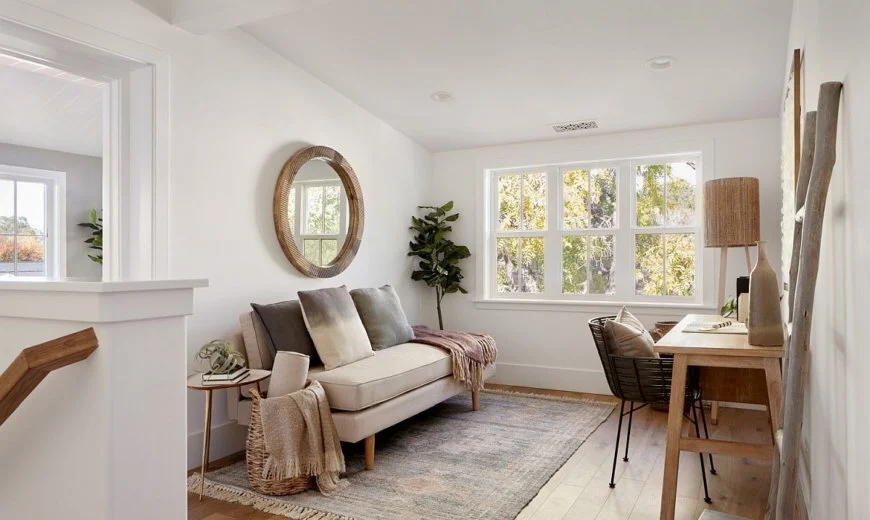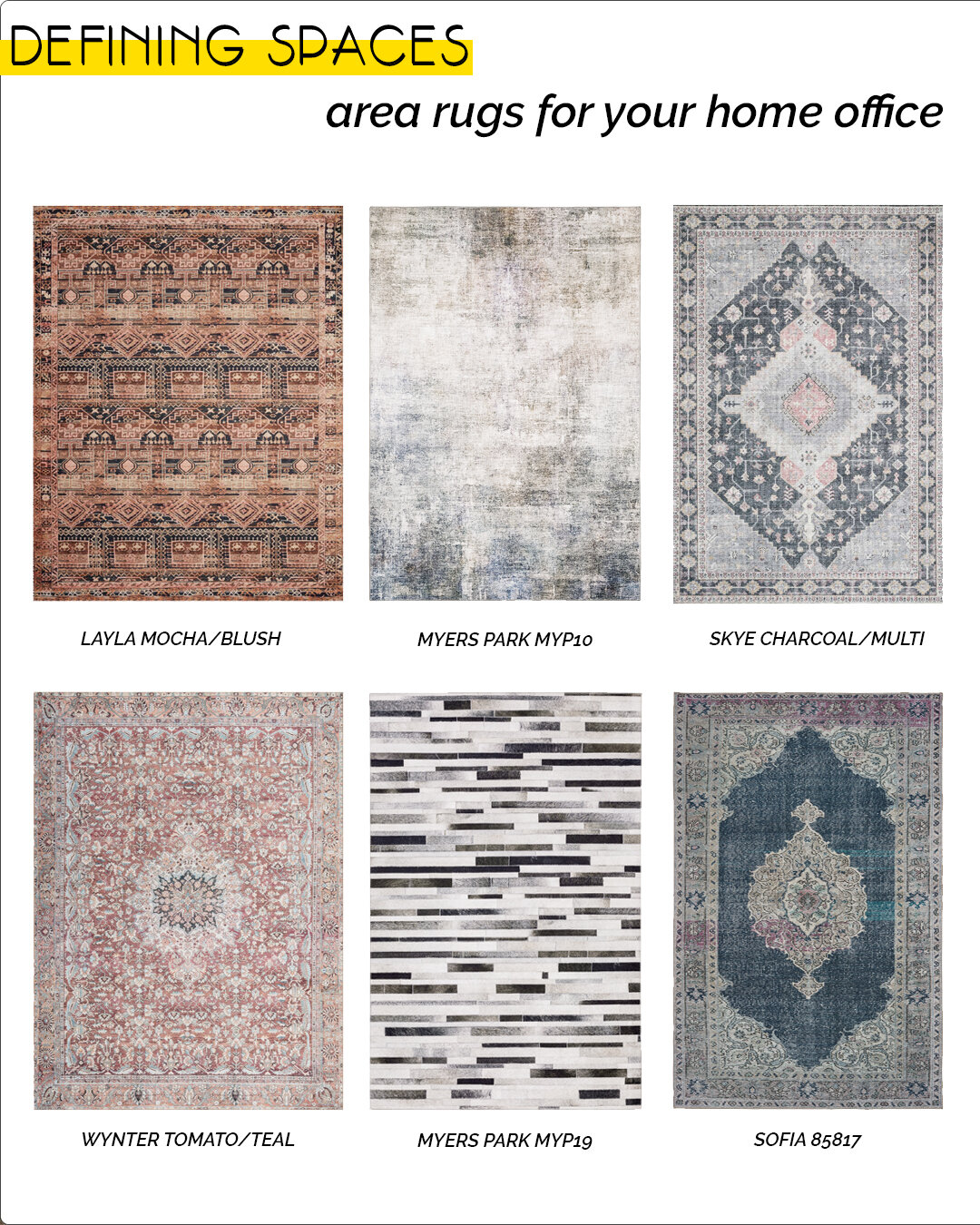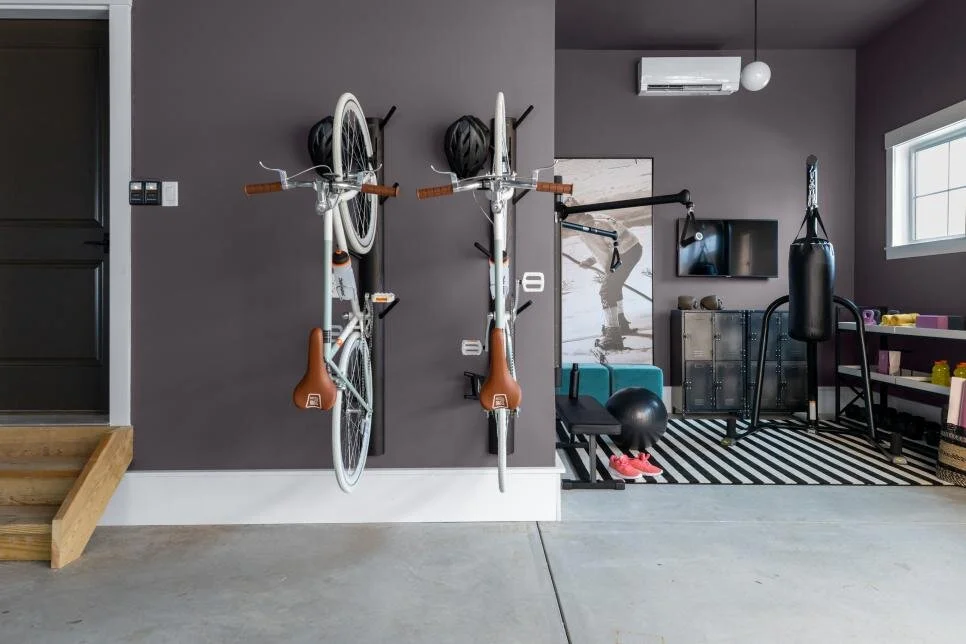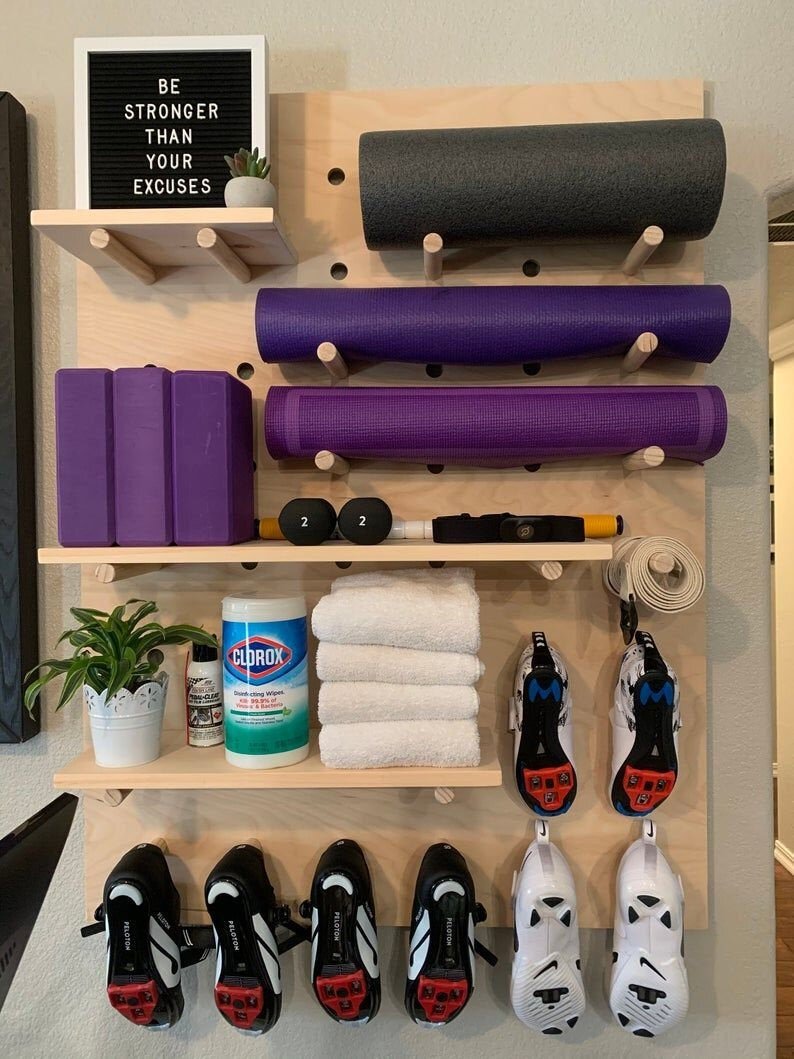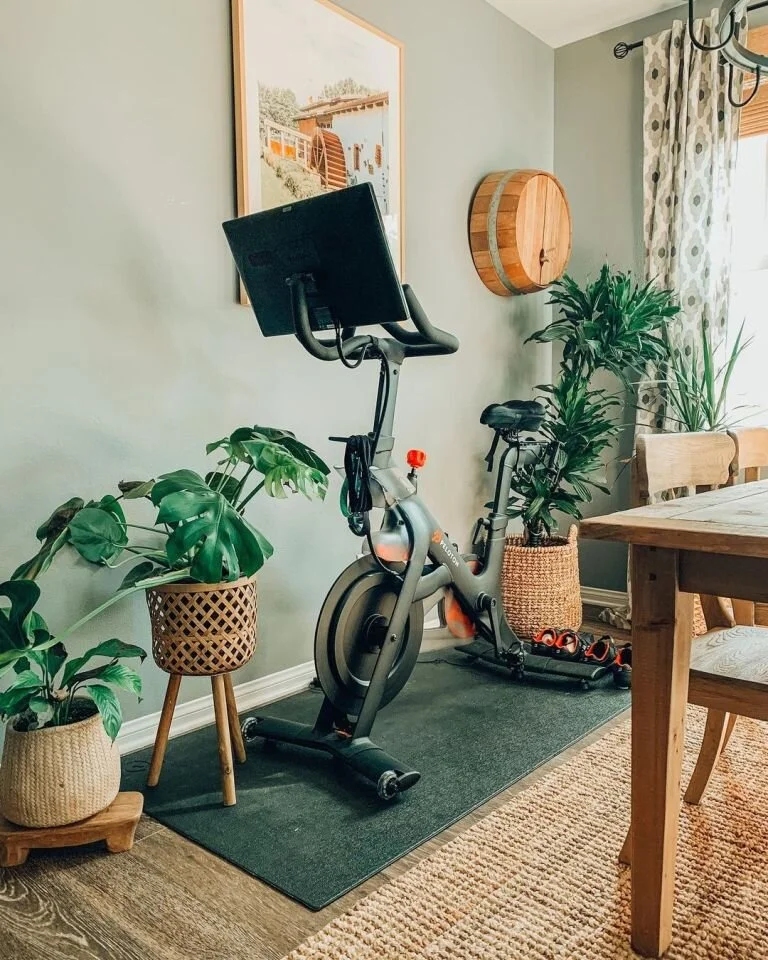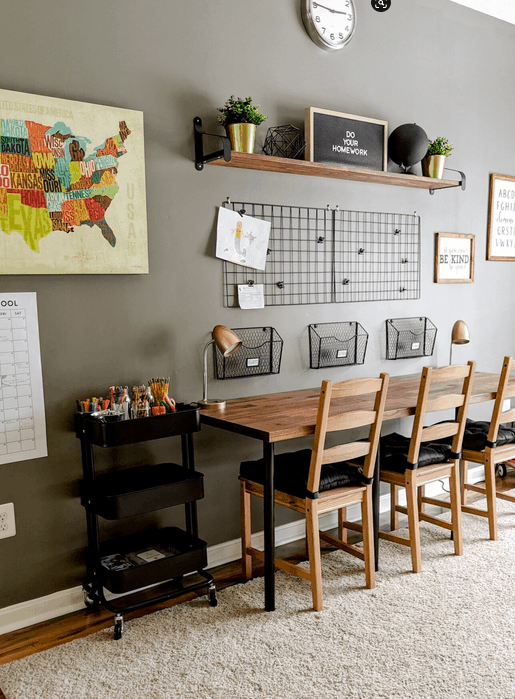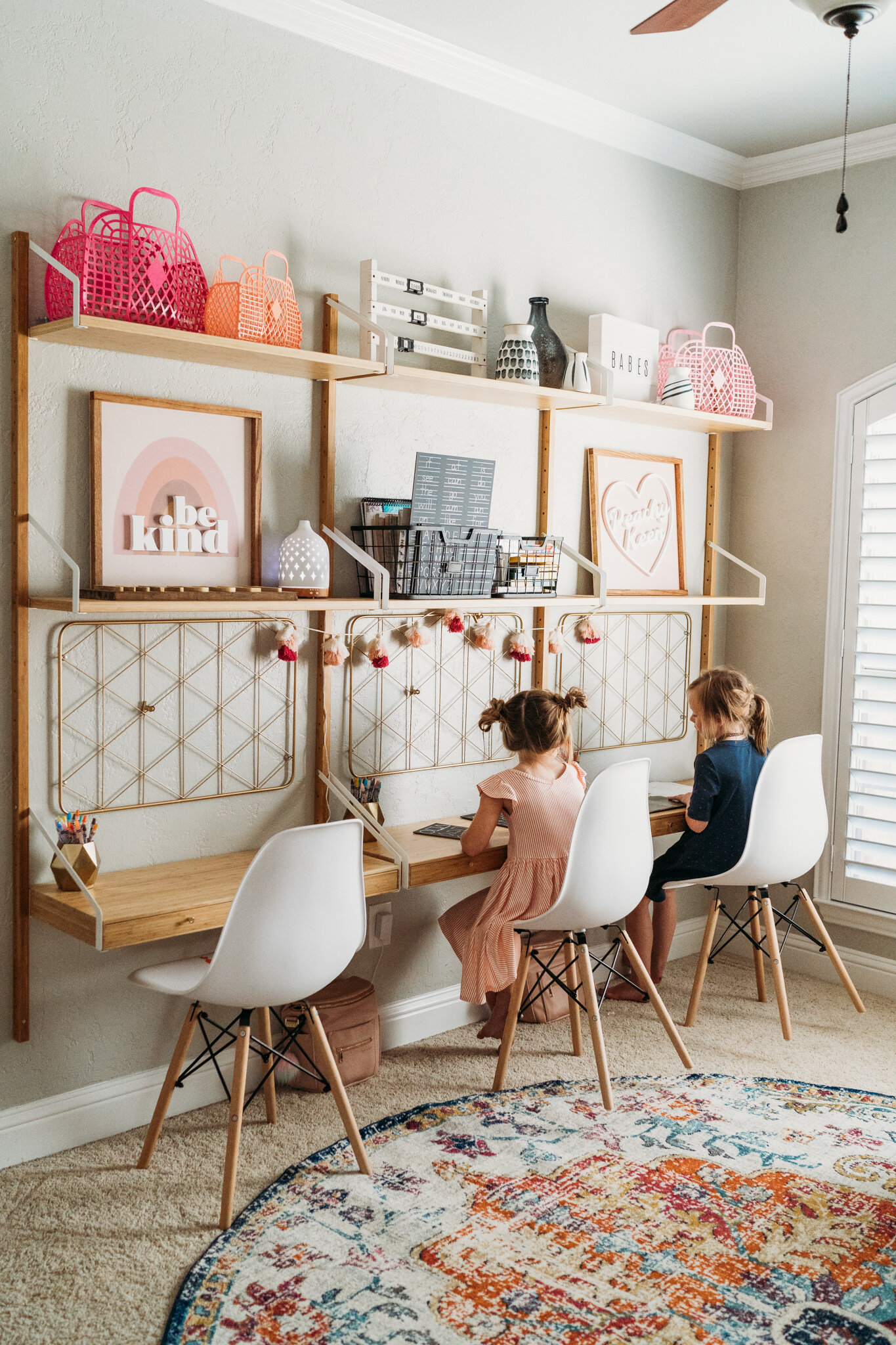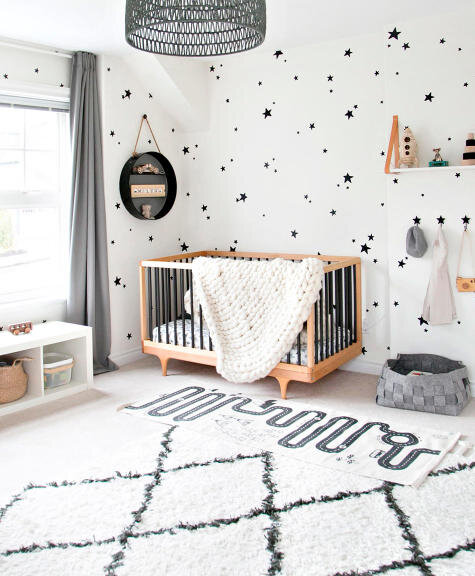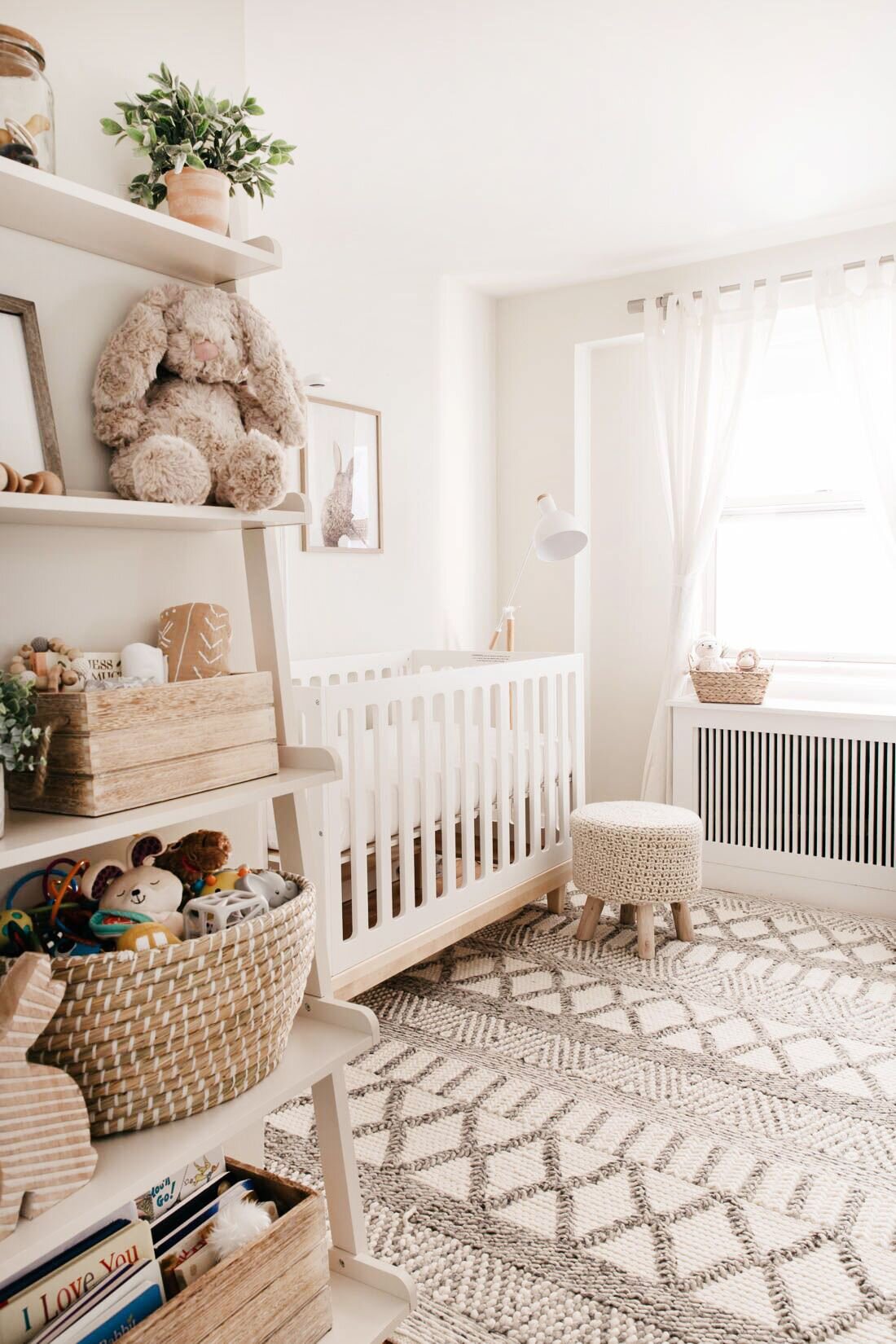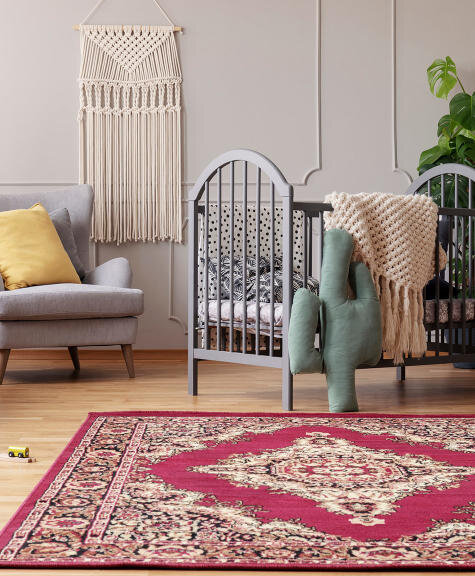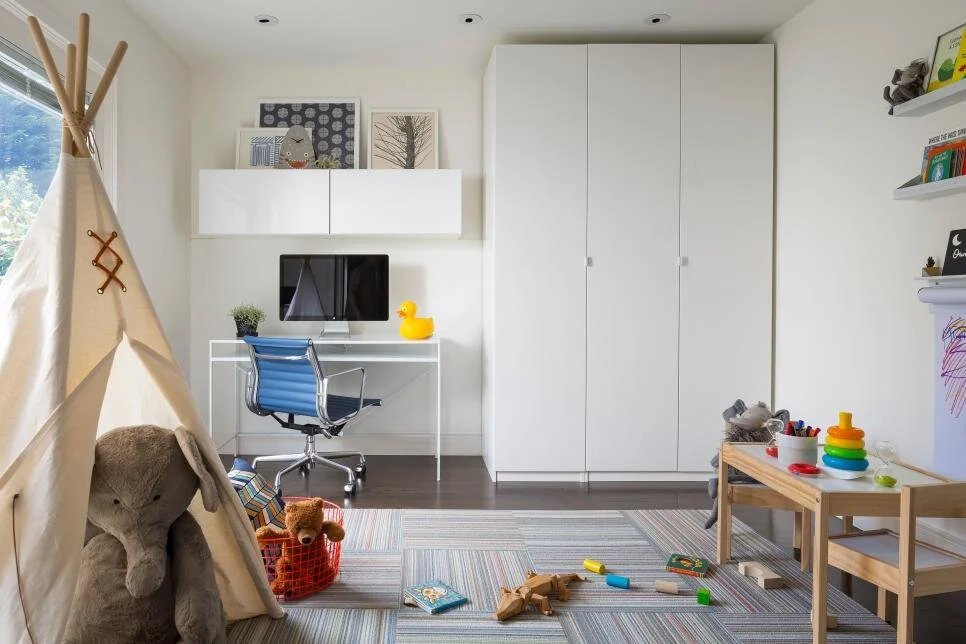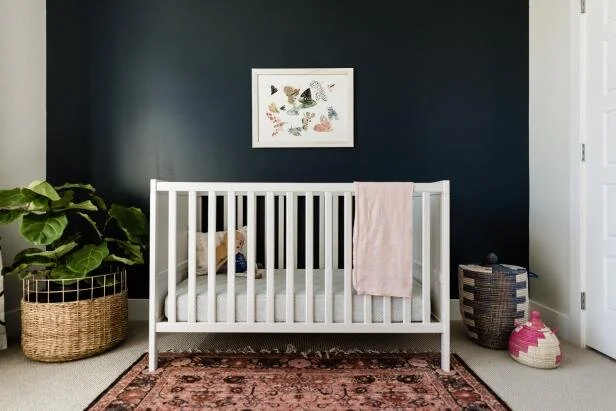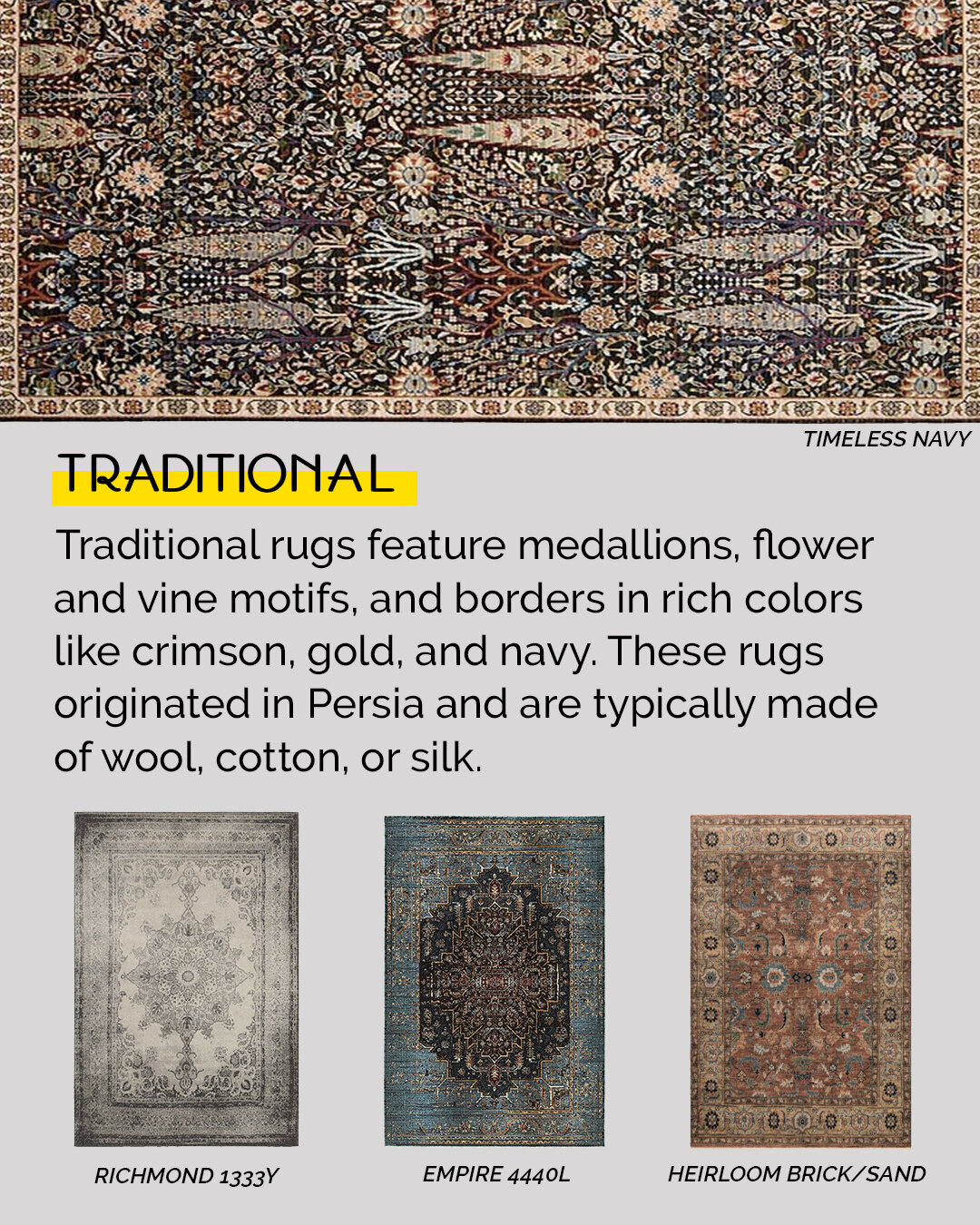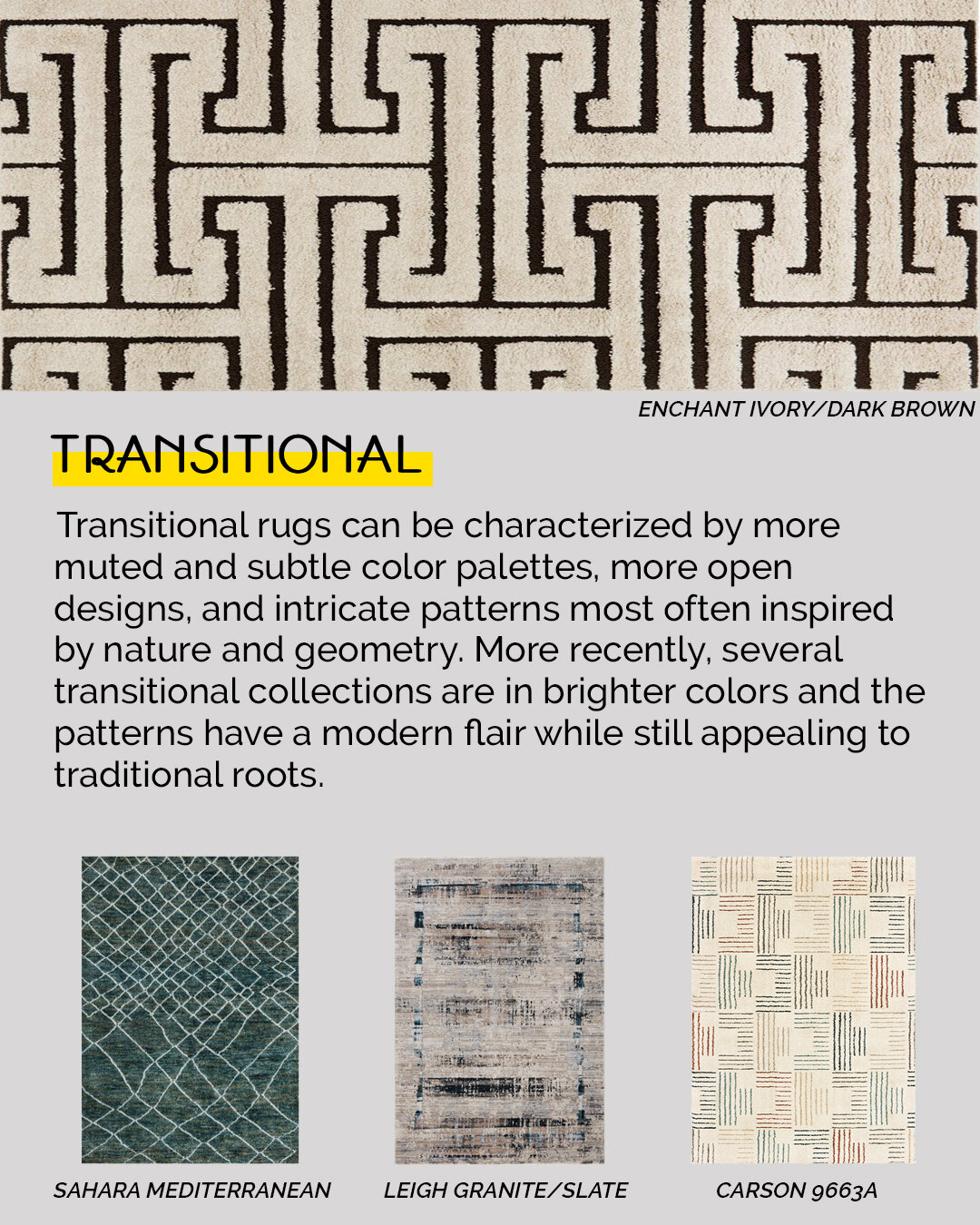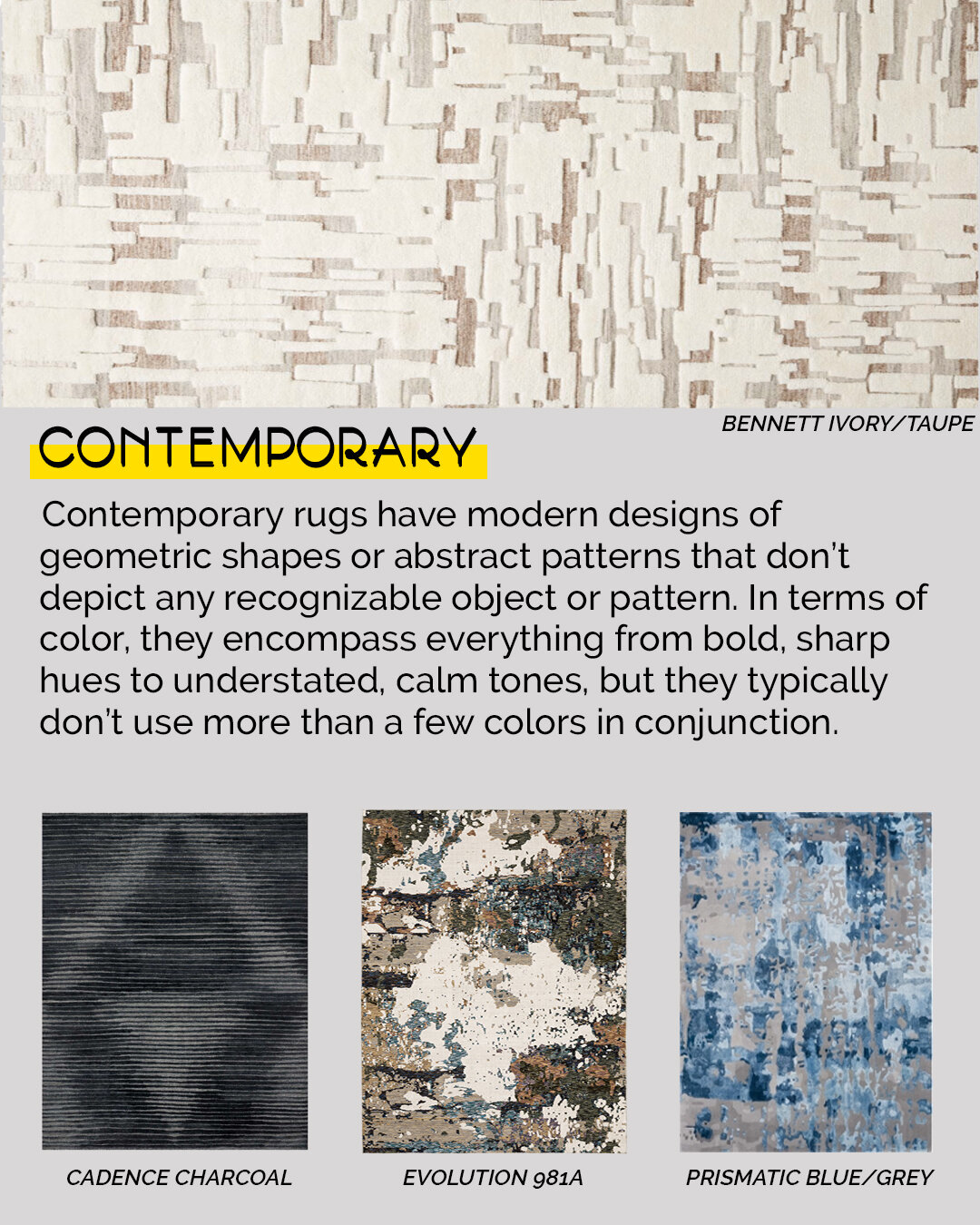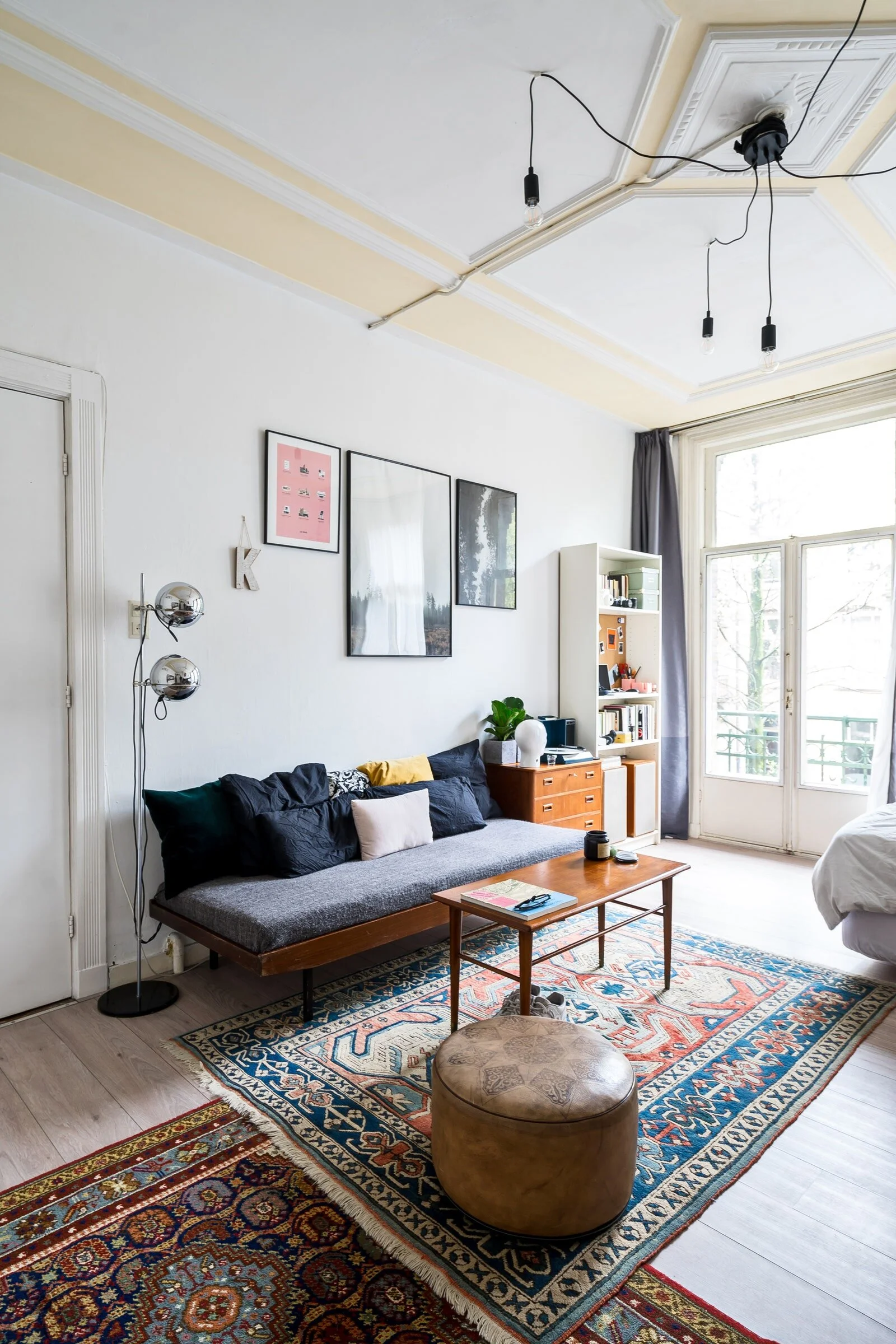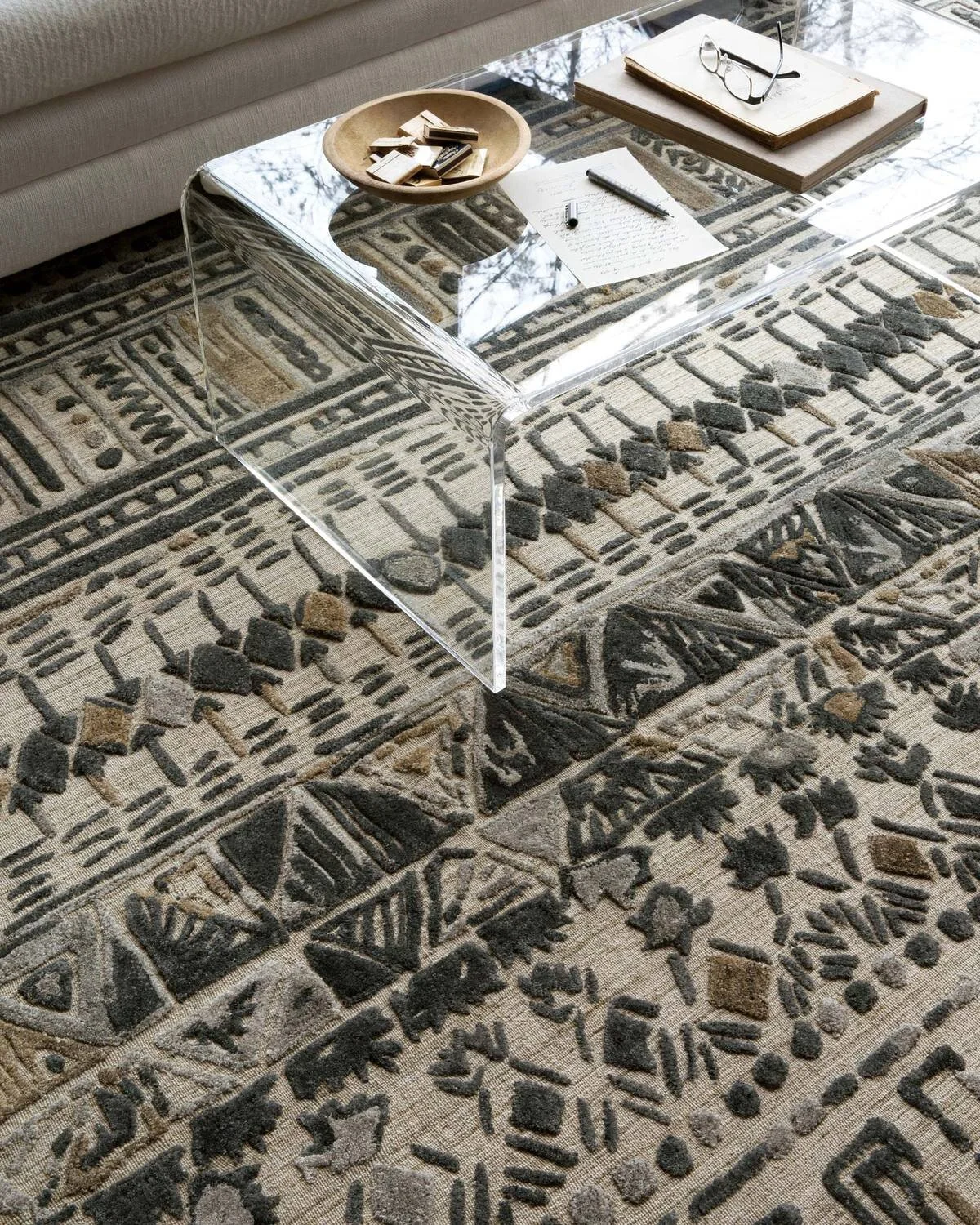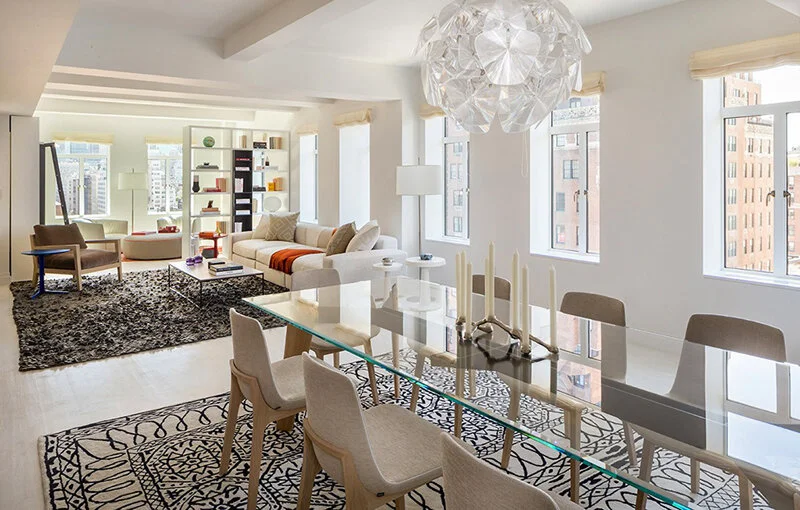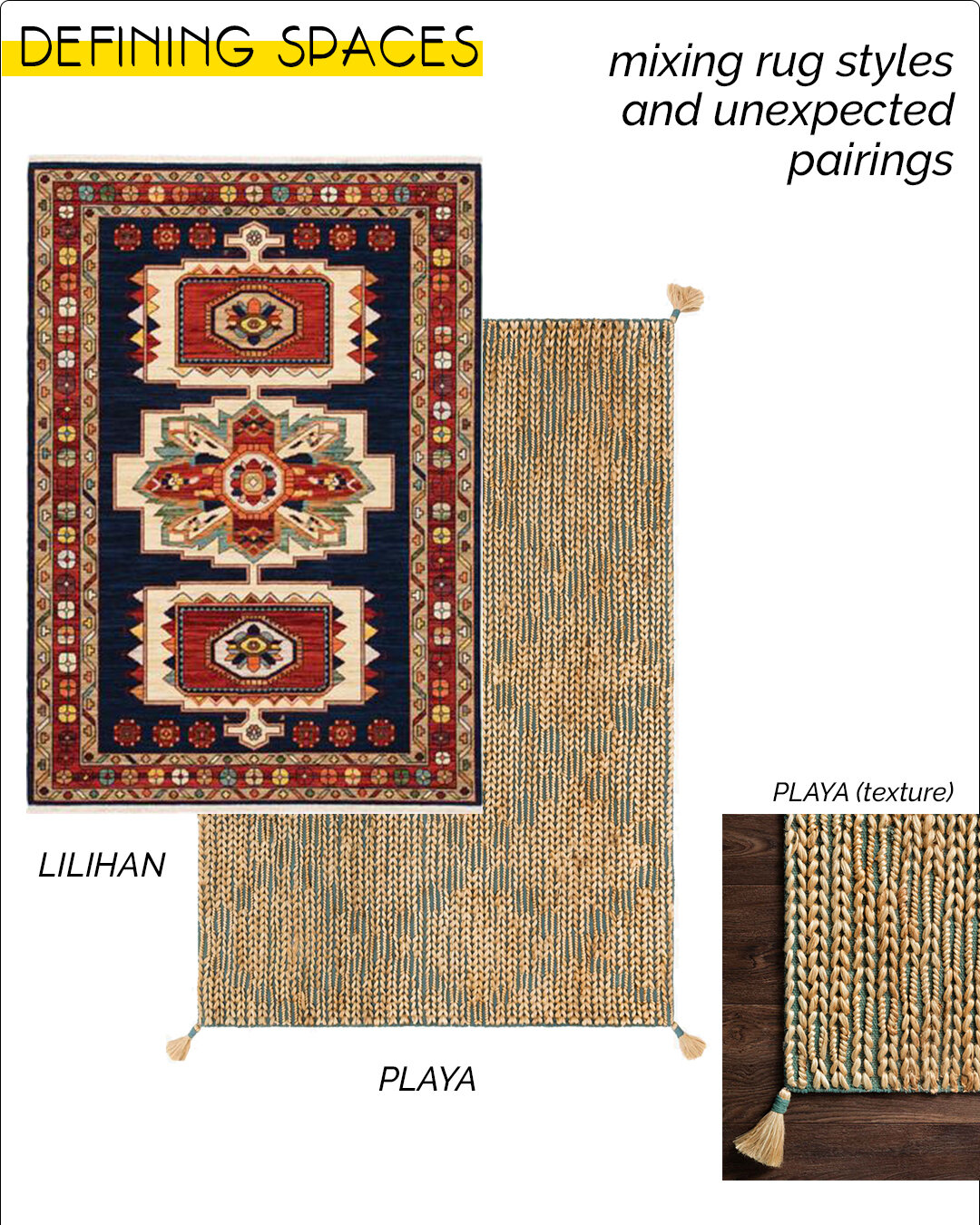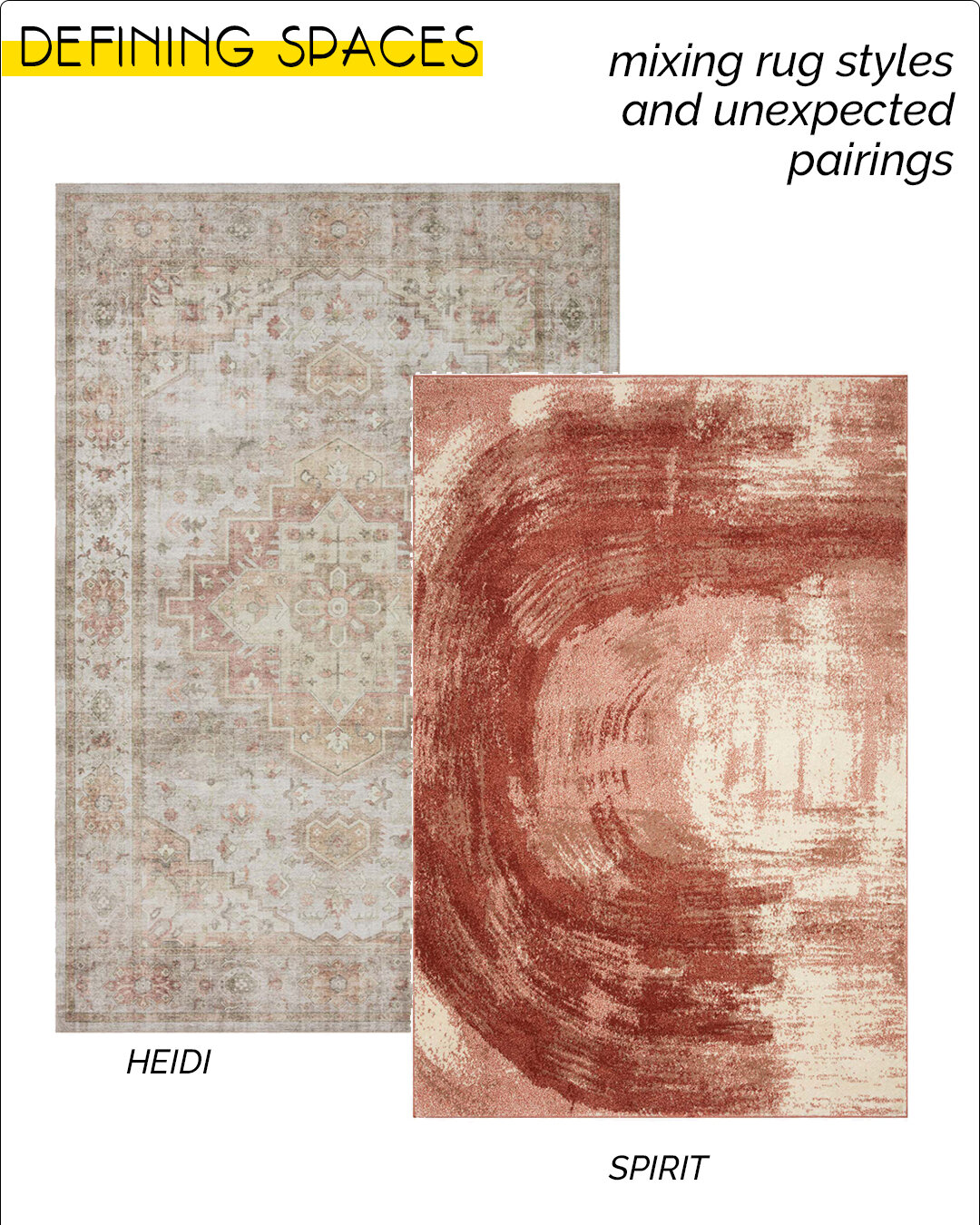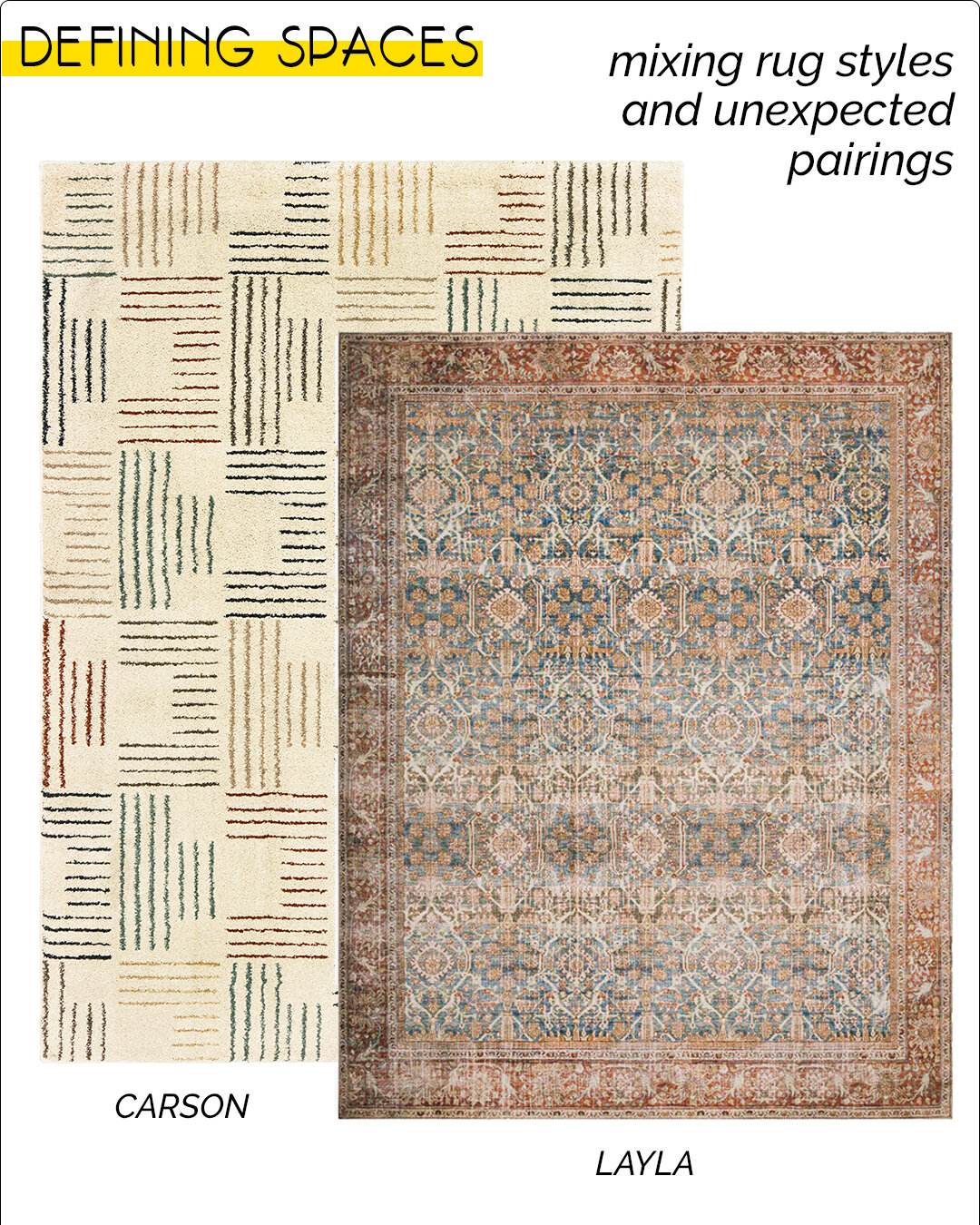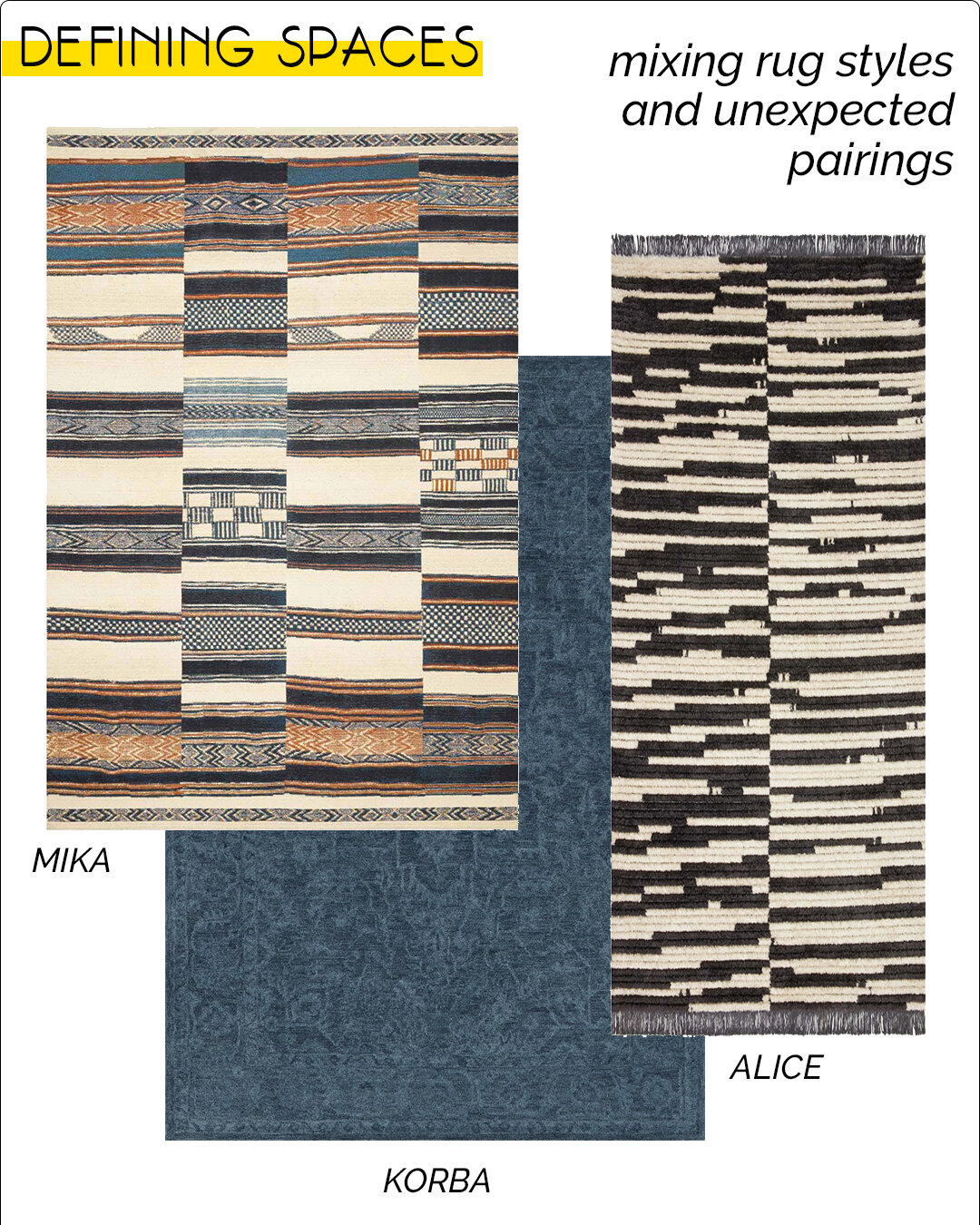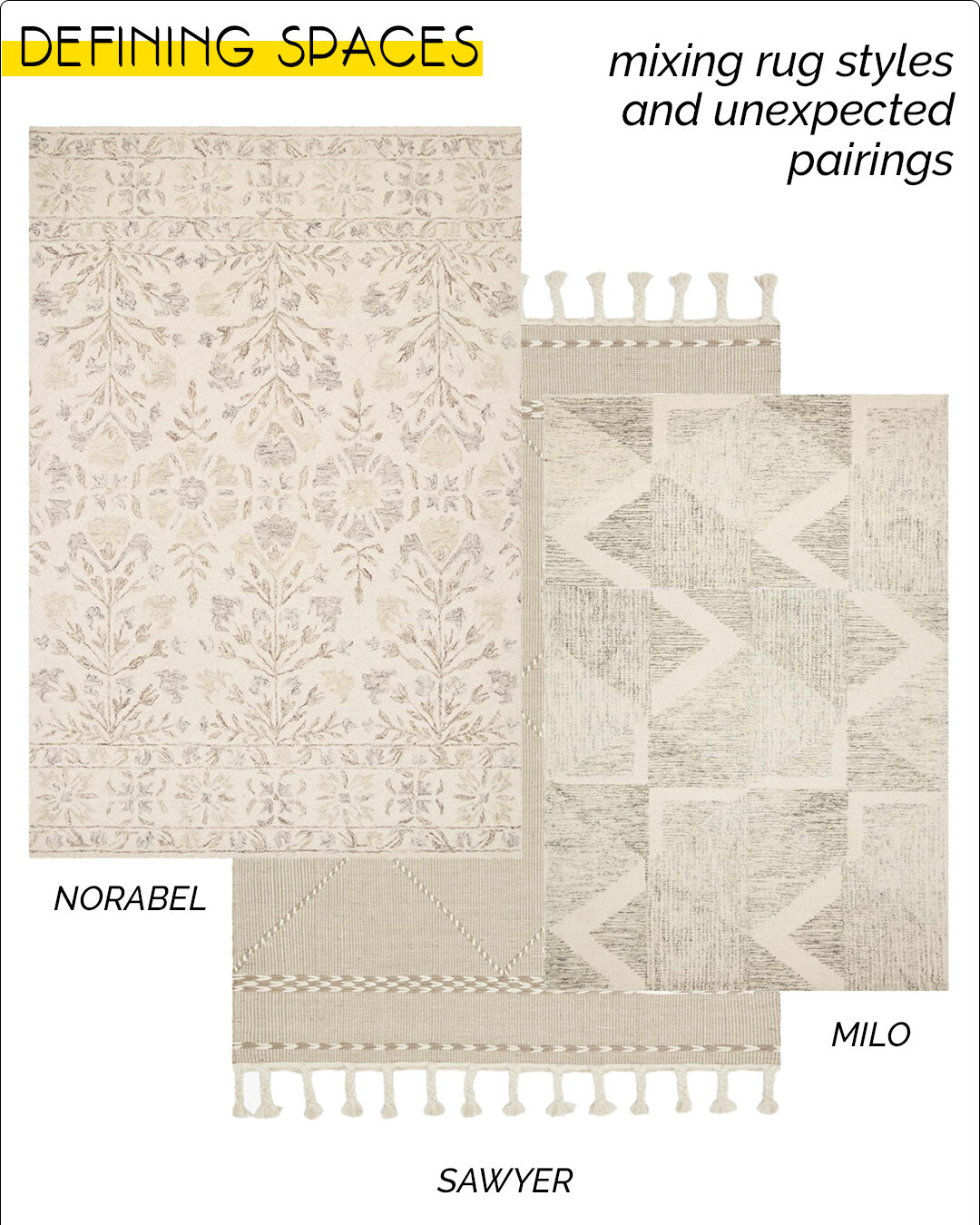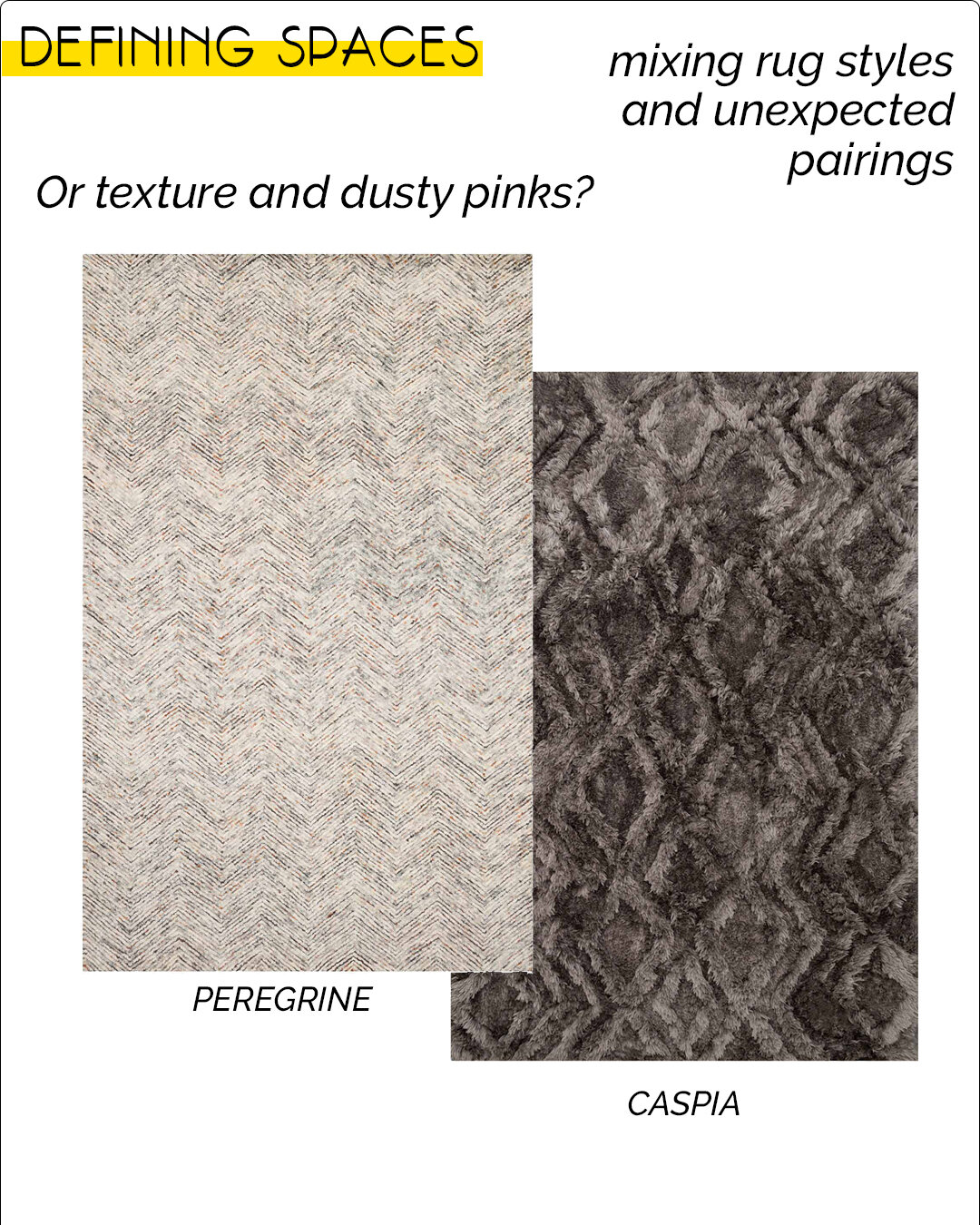back to SPOTLIGHT homepage
4/12/21 - 4/24/21
DEFINING SPACES: USING AREA RUGS TO SEPARATE A ROOM FOR MULTIPURPOSE USE
photo: Camila Isaksson
photo: Getty Images
photo: Camille Styles
photo: KC Design Co.
photo: digsdigs
If 2020 taught us anything, it was that our home is our sanctuary. As more and more people found their homes transforming into a workspace, school, cafeteria, gym, and safe haven from the chaos of life, we learned the importance of making the most of the space we have.
Something we’ve heard a lot was “how do I create a functional office space when I don’t have a spare bedroom to use?” The answer? You guessed it… area rugs! To be fair, a rug alone won’t solve all your problems, but it is a very simple way to create definition and boundaries within a larger space. Once we have our spaces defined, it is as simple as using furniture thoughtfully to divide our space, adding a screen or curtain, or even just allowing one space to flow into the next. This week we are talking about defining spaces. It isn’t just home offices, either. Play areas, reading nooks, workout spaces, dining areas, entertainment spaces and even just your normal living areas are all definable spaces we can carve out of larger rooms by using the right area rug and furniture placement.
In this two-week long series on defining spaces, we got really into the idea of making the most of your space – covering topics such as defining specific areas to create separation between functional zones, designing to maximize small spaces, zoning areas to divide open floorplans, using multiple rugs in one room, how to mix rug and design styles, as well as unexpected rug placements and pairs.
the basics.
Have you ever had a room that felt too big for just one purpose? Like a living room that felt empty even with a large rug and multiple pieces of furniture? Or maybe you had a small space but needed to make it work for multiple uses - like a home office as well as a play area, or a work out space that doubled as an entertainment room? Chances are, sometime throughout the past year especially, you found yourself wanting to push the boundaries of your living space - either to create a home office, a learning center, add a cozy reading nook, or just use your space more efficiently. Or maybe you have a room that you want to divide into more than one space and don’t know how to get started.
Sound relatable? Then let’s jump into the basics of the art of defining spaces.
The first thing you want to think about is what’s important for you in a home. Prioritize function - think about what you want each ‘zone’ to accomplish, or how you want it to function. (Ae: conversation area, home office/workspace, nursery, reading nook, etc.) You also want to make sure to take a good look at the layout of your space. Are there nooks? Where is the light coming from?
photo: Jonas Berg
If you don’t have a lot of space to work with, consider multifunctional furniture. This can mean furniture that you can easily mix and match, room dividers with storage space, nesting tables, extendable dining tables and desks, etc.
dividing a room? where do I start?
Start by dividing the room into manageable sections. Think about how you want each ‘zone’ to function. Use furniture to create ‘zones’; define these zones by organizing furniture around a focal point, like a rug or fireplace. If the room lends itself to different functions, then go with it and utilise the space wisely. If you are adding a home office into your living area, you probably don’t want it in the same room where others may be watching TV. Or if you are adding a learning center, consider if you need to be able to stream lessons off the TV, or if being in a quieter area would be better. Maybe you have a kitchen island that could double as a learning center - easy access to snacks can be a bonus!
rugs anchor the room.
The “anchor” of a room refers to a piece of furniture or accent that is used to pull the disparate parts of a room or ‘zone’ together. This can be a rug, a piece of furniture, a work of art, or even an architectural element - such as an odd-shaped wall or an accent wall.
One of the best ways to define or anchor a space is with an area rug. When there's no natural division between rooms, area rugs can be used to create them. For instance, place a rug in an area where you'd like to have a dining room table and then place another nearby where you'd like to ground the living room. Instantly you've got two separately defined areas that become two rooms.
Using complimentary but distinct area rug choices is a great way to provide form and function in a larger space that lends itself to smaller definitive zones. The rugs should not compete with each other, but do not need to match. A great way to do this is to mix and match styles while embracing a common theme - a similar color scheme or fiber/construction are great ways to make two distinct rugs look like they belong together.
photo: House Homemade
Layering rugs is a great way to define areas to create separation between functional zones. Arranging your furniture in the right way will help achieve this, although to create real definition, treat your floors like walls. Unlike a wall, a rug will keep the space open, as well as clearly define each area. No matter what you use to segment the room, take advantage of the shape of the room to create the illusion of more living space in your home or apartment.
photo: Ashley Furniture
at home: offices, gyms, classrooms, nurseries & playrooms.
When we chose “defining spaces” for our second series topic, our main motivation was the current phenomenon and necessity of making the home more “stay-at-home” friendly and functional. We’re talking home workspaces/offices, gyms, classrooms, nurseries, playrooms – you name it!
photo: Decoist
at home: workspace/home office.
Let’s start with defining a home office. Not only are millions of people finding themselves in need of an office space to work from home, but they are using that space for video conference calls that literally invite their workplace into their home environment. Not everyone has a spare bedroom to use as an office space, which is why being able to create definition within a larger space is so important. When you know you’ll be conducting video calls throughout the day in a shared living space, planning out how to divide your space is vital. Are you putting your home office in a space where someone may unknowingly walk into a video meeting? Try using a screen as a divider to give you privacy, and maybe turn your desk so that your back will be to a wall.
When designing a home office or workspace, it is crucial to consider how you need your workspace to function and your personal preferences for comfort, and make sure your home office/workspace is isolated enough from the rest of your life as to keep yourself from outside distractions. Add shelves, curtains, plants etc to your backdrop to isolate your space and create a relaxing environment you’ll be confident inviting your colleagues into while on video calls. This will help cut down on someone accidentally crashing your meeting (though we can’t promise your furry friends won’t still find their way into view!).
Obviously an area rug won’t make a big difference on a video conference, but you may still want one under foot to help reduce sound, provide comfort and warmth, and to define that essential office space like we’ve been talking about. Something to consider when selecting a rug for a desk area is whether you have a rolling chair you will need to accommodate. If so, try a printed option like LOREN, SKYE, LAYLA, JULES, WYNTER, SOFIA, or MYERS PARK.
photo: Tomas Espinoza
at home: gym.
A common question people have in regards to making a space for a home gym is where to fit one, especially in a smaller home or space. Live somewhere with a decent sized garage? Clean up an area and create a small gym nook.
Have space in your living room? Separate with a rug or room divider, or, instead of hiding exercise equipment, incorporate it into your home’s decor.
Don’t have a permanent space for a home gym? Consider a traveling gym!
Isolate an area where you can either easily move furniture and take your home gym where it needs to go. We love this idea from Etsy maker@LaterWoodWorks who makes multi-use peg boards, perfect for your gym equipment.
Define your home gym area with a low-pile or printed rug – good for cushion and warmth, sturdy enough to handle equipment, and thin enough to place yoga mats upon. Indoor/outdoor rugs are also a great idea for a home gym space, as they are easy to clean, durable for a lot of wear and tear, and usually inexpensive.
at home: classroom/home learning area.
The beauty of the classroom in the home is that your space is unique to your home, as well as to your children. With the right boundaries and room design, a home classroom can be inviting and encouraging for your children to learn. The learning will take place in the area that you create for it, which is highly influential to the experience of learning. Environment is crucial!
Make your home classroom space comfortable and familiar, but make sure it serves its function as a place for learning or studying.
Consider having the following when setting up and furnishing a home classroom or learning area:
A work space (desks, dining room table, chairs, converted closet, etc.)
Some sort of bookcase / shelf unit to organize materials, curriculum, books, and more. Room divider storage is a great idea for smaller spaces
Organization carts or drawers for supplies like paper, art supplies, pencils, calculators, etc.
Rolling bin carts are nice for open storage and easy to grab items like books and art supplies, and can easily be stored in a closet or under some tables.
A seating area for reading and working independently (this may be a bean bag, soft chair, couch, lawn chair outside). Make it comfortable for children, but not too comfortable. Maybe a shag rug and some floor cushions as seating.
Consider a wall table wall table for a homework/study desk design in a bedroom or home office. Saves space, and can be used for other activities as well.
at home: nurseries and playrooms.
In this office and playroom shared space, an area rug provides a soft place to play while the storage cabinet keeps toys, art supplies and work documents neatly organized.
photo: Scott Hargis
If you work from home, adding a play space to your home office is a great way to get work done and keep an eye on your children. (No babysitters!) Got a high schooler? Turn the home office into a joint home classroom or study with wall tables and creative organization.
The right rug in a playroom or nursery area can still be sophisticated enough to coexist with adult spaces. Try something with a geometric pattern in a color that compliments your adult space while still being playful.
how do I get the most out of a nursery or playroom?
Utilize the space on the walls.
Pick products that can serve multiple purposes.
Choose your children’s furniture wisely; choose pieces that can be repurposed as your children grow.
Use the doors to your advantage.
Use smart storage solutions.
Decorate to make the room appear bigger.
photo: Melissa Reynolds
what’s the right rug for a nursery or playroom?
The first answer to this question is to consider your priorities. If durability is high on your list, opt for a strong, washable synthetic. Worried about toxic residue? Choose an organic fiber like cotton or sisal. If you can’t decide, a wool rug is always a good bet. Organic wool is hardy and easy to clean. It’s also naturally flame and water-resistant. It even has antibacterial/microbial properties, making it a great choice for those with allergy sensitivities.
Regardless of the type of rug, there are hundreds of options to choose from that can be appealing to all ages.
defining spaces: mixing rug styles/trends.
When styling a home, some important questions to ask when selecting an area rug is: What else will be visible at the same time? Will you be able to see a prominent piece of art or furniture in a different room in the same view? Will you have an adjacent room with a bold paint choice or wall paper? Will more than one area rug be visible within a specific space?
If the answer to the last question is yes, a very easy response - and one that can come in to play for any of the other questions as well - is to mix area rug styles in a way that thoughtfully ties them together without requiring you to buy the same rug multiple times.
Before we get into mixing rug styles, let’s have a quick crash course on the four main styles of area rugs. There are many branches beneath these umbrellas, but most rugs can be sorted into one of the following categories: traditional, transitional, contemporary, and shag.
photo: Pinterest
photo: Muk van Li
other things to consider . . .
Do you love plants and macrame? Create a boho retreat with floor cushions, hanging planters, and a natural fiber rug in a nook in your living room or bedroom. Is color your jam, but you've been afraid to commit to painting a bright wall color in a main living area? Use a colorful runner to divide two rooms that border each other - like your dining area and living room.
Do you like to change your style every year? Select some strong neutrals as your main rugs - like grays and beige or black and white, and swap out accent pillows, curtains, and centerpieces when you are in need of a change. Or do you have neutral walls and furniture and want to bring in more color with an area rug? Layering rugs is a great way to bring multiple styles and colors into a space or spaces in a cohesive way. Try layering a flat woven rug in a neutral color with something with a fringe, a fun shape, or a bold color. Then carry one of those elements into your neighboring space to create two distinct but cohesive spaces.
Any pairing of area rugs will work well as long as they have an element in common. Different scales keep the mix of multiple patterns from feeling overwhelming. When in doubt, combine a bold rug with a natural fiber or solid color rug.
The days of matching everything perfectly are over! Today's trends focus on highlighting color, texture, or even visceral feelings rather than adhering to strict and dated style guidelines of "matching". We have seen our fair share of customers stressing over finding the exact right shade of color, or forcing themselves to stick with a specific pattern they aren't crazy about because they worry about it not "going" with everything they already have. We say: STOP!
photo: Simon Brown
Your style is not defined by any one detail, but with that in mind, it is still important to consider the essentials when it comes to mixing styles: balance, color, pattern, scale, and a balance between textures.
If you are keen on keeping everything matching to traditional standards, using two of the same rugs is the easiest way to go. A natural fiber or solid color will blend into the background of the room and let the other pieces in the space be the visual focus. The key to keeping the rooms from feeling boring is to create visual interest on top of the rug – in your furnishings, you’ll want to mix in more texture, pattern, and color.
Consider breaking up matching rugs in a space with a coordinating, patterned runner to add interest.
the easiest place to start… color!
Want to mix different patterned area rugs but not sure how? Different styles, textures and patterns in rugs will coordinate well if they’re within the same color palette.
big fan of a particular style? Go with it!
Creating a design flow in your home doesn’t necessarily have to mean choosing rugs within the same color palette. You can accomplish the same thing with rugs in many different colors if you go with the same style.
play with scale.
Patterned rugs can work well next to each other – the key to making a pair of patterned rugs successful is to vary the scale of the pattern. Choose one rug with a large scale pattern and go for a small scale pattern for the other rug. The rugs can easily be tied together with one color in common.
As you elevate your spaces and create little sanctuaries within your home, do not be afraid to explore different facets of your own personal aesthetic.
RUG FEATURED: SOJOURN - METAL
bring in texture!
Combining textures is another great way to add visual interest to a space. Choose a rug with a bold pattern in one area and a highly textured rug in the other area. Linking the two rugs by color makes them feel unified without being repetitive.
photo: Dover Rugs
mixing rug styles - unexpected pairings & our picks.
We’ve gone in depth about how to use area rugs to divide up your home – now comes the fun part: choosing WHICH rugs you'll use to anchor your room!
We suggest starting with the larger space first and choosing something that ties the space together well - like a specific color or style that unifies your room - and then use that as inspiration for the smaller rug.
Did you choose a funky boho rug with a bright color palette? Try selecting one color and find a transitional or simple pattern rug that features your chosen color for your smaller space. Or keep it simple and select a solid rug with some texture in a complimentary color. Some of our go to rugs for complimenting busy traditional or contemporary rugs are KORBA, NOELLE, CALISA, and CASPIA. Though relatively monochromatic, they each have some element or pattern or texture that makes them perfect for pairing with a "loud" rug - they can hold their own while not competing!
Don't be afraid to mix styles: contemporary and traditional can work together better than you probably think. Go for a bold, powerful traditional like LILIHAN and use a texture rich neutral like PLAYA (with an aqua background) to keep it playful and still incorporate color! Or choose a color scheme and let it crossover between the two styles, like the dusty pinks of SPIRIT and HEIDI, or the funky mid century colors of CARSON and LAYLA. These rugs are as far apart as they could be in style, using color to unify them makes them feel like a cohesive pair while showcasing different tastes.
Don't be afraid to have fun!
Remember - matching every tiny thing is out. Mix patterns, colors, and styles to your heart's content. But if you love to match every color perfectly, don't be afraid to choose muted colors that boast different patterns and textures, like our trio with NORABEL, SAWYER, and MILO.



